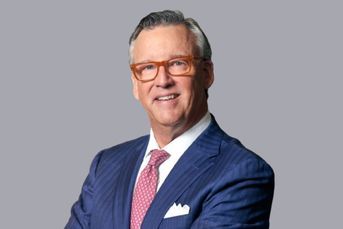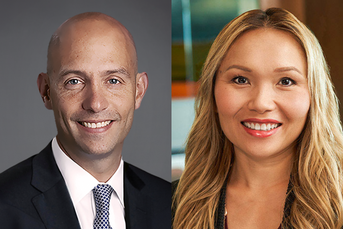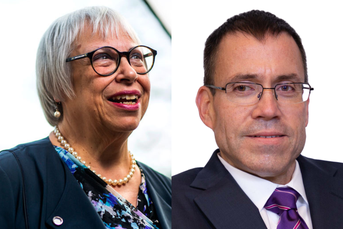Who has the best 401(k)? Occupations with high income

CPAs, doctors, and lawyers have the highest-rated 401(k)s as a result of high participation and contribution rates, a new report shows.
People in occupations that provide a high income and those in financial services tend to have the best 401(k) plans, according to data published Thursday by Judy Diamond Associates.
That isn’t because CPAs, doctors, lawyers, dentists, and bankers have the plans with the lowest fees or highest-performing investments. Rather, the people in those professions have the income necessary to participate in the plan at high rates.
“The ingredients for a successful retirement plan are really only about three things,” said the author of the report, Eric Ryles, vice president of customer solutions at Judy Diamond. Those factors are participating in the plan, putting as much money into an account as possible, and having the maximum amount of time for those assets to appreciate through compounding, he said.
Across all industries, the median 401(k) account balance in 2022 was $50,501, with annual employee and employer contributions of $4,613 and $1,781, respectively, according to the report. The data are based on 610,000 Form 5500 filings made with the Department of Labor for the 2022 plan year, representing about 68 million workers and $6.4 trillion in assets.
CPAs, whose plans had the highest overall ratings by Judy Diamond, had median account values of $113,193, with employee and employer contributions of $7,861 and $2,740. Physicians, in second place, had account balances of $107,135 and employee and employer contributions of $5,250 and $2,987.
Those figures contrast with the numbers for the accommodation and food service industry, which ranked last. That group had a median account balance of $17,521 and employee and employer contributions of $2,170 and $633. The median participation rate in plans was just over 58 percent, while in plans for the highest-rated industries, the median rates were above 90 percent.
Though the low numbers for the accommodation and food service industry are largely attributable to high turnover, they highlight the retirement savings and wealth gaps. In order to save much in a 401(k), workers must have enough income beyond their expenses to afford making contributions.
“They need every dollar they can make,” Ryles said.
While the top 10 industries with the highest-rated 401(k)s are associated with white-collar jobs, one – mining, utilities, and energy – includes many blue-collar positions. That industry, which ranked 10th, ahead of wholesale and behind financial and insurance services, had median account balances of $60,206 and employee and employer contributions of $4,977 and $2,364. The median participation rate in plans was 92 percent.
A trend that could broadly help improve participation rates and account balances, particularly for occupations with high turnover, is the adoption of state retirement-plan coverage mandates, such as those in California, Oregon, Illinois, and others with automatic IRA programs.
“Everyone is well-served by automatic enrollment and automatic [contribution] escalation,” Ryles said.
In eight years of publishing the data, one thing that always surprises him is how little the average investment rates of return vary by industry, an indicator that putting money into the plan is a much more important factor in building retirement security.
In 2022, a year in which the S&P 500 ended down 18.01%, “the very best industry had a -15.21 percent rate of return and the very worst was -17.36 percent,” Ryles said. “Rate of return is almost entirely driven by what is happening in the broader stock market.”
Retirement savings gap persists despite bull market, Ascensus CEO says
Learn more about reprints and licensing for this article.








